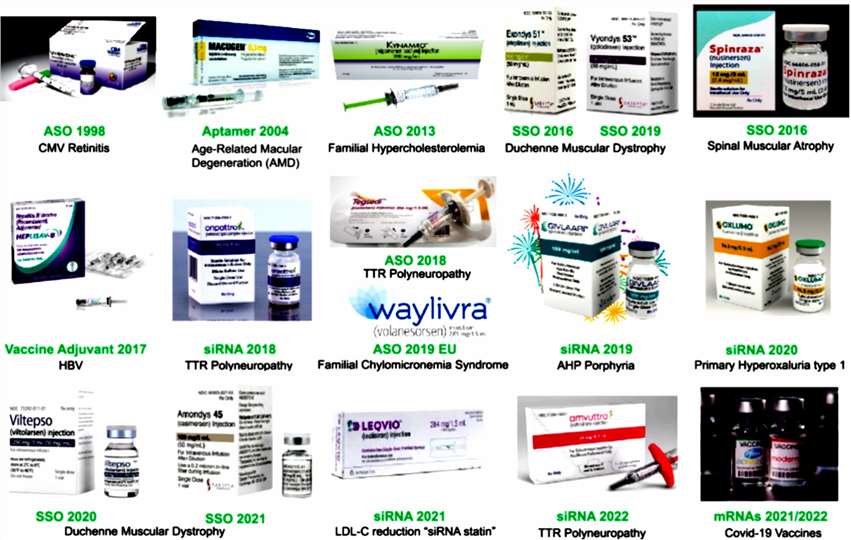- Home
- Resources
- Home
-
LipoSwift LNP Delivery Kits
- LipoSwift LNP - In Vitro Cell Transfection Kit
- LipoSwift LNP - In Vitro Gene Editing Kit
- LipoSwift LNP - In Vivo General Delivery Kit
- LipoSwift LNP - In Vivo Spleen-Targeting Kit
- LipoSwift LNP - In Vivo Lung-Targeting Kit
- LipoSwift LNP - In Vivo Liver-Targeting Kit
- LipoSwift LNP - In Vivo Skin-Targeting Kit
- LipoSwift LNP - In Vivo Gene Editing Kit
- LipoSwift LNP - In Vivo Immune Cell Kit
- About Us
- Featured Products
- Product Center
- Service Center
- Technology Platforms
- Resources
- Contact Us































